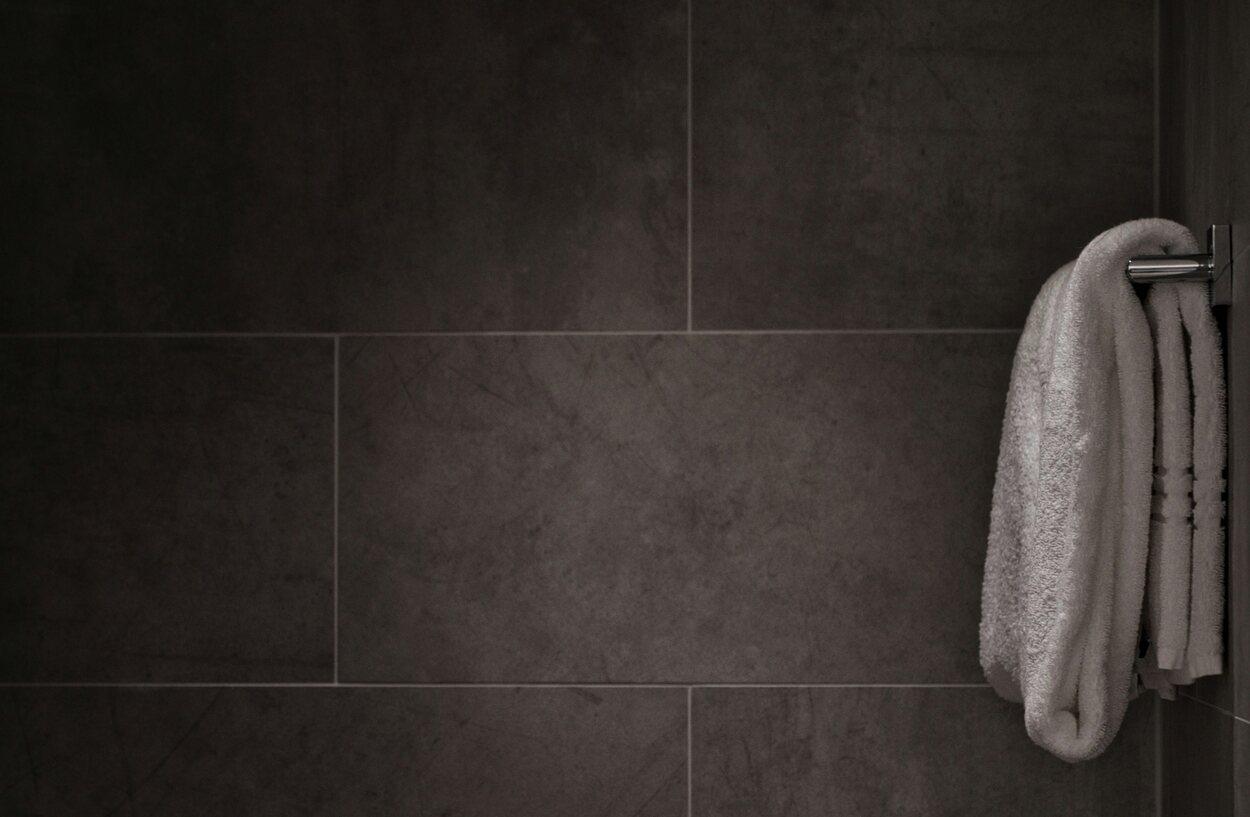Picture this: You’ve just revamped your bathroom, still marveling at the fresh paint and shiny new fixtures. But a few weeks later, you start noticing things aren’t quite right: the room feels damp, storage seems inadequate, or maybe the lighting is all wrong. As beautiful as your bathroom may seem, overlooking these small yet crucial elements during the renovation process could lead to major design flaws. To help you avoid this, we’ve compiled a list of 15 common mistakes. Let’s dive into 10 of them now!
Contents
- 1. Neglecting adequate ventilation
- 2. Overlooking storage requirements
- 3. Forgetting sufficient lighting
- 4. Ignoring bathroom dimensions
- 5. Choosing wrong fixtures size
- 6. Inadequate privacy considerations
- 7. Poor shower placement
- 8. Inappropriate color palette selection
- 9. Not prioritizing water efficiency
- 10. Placing mirror incorrectly
- 11. Installing Non-Resistant Flooring
- 12. Inefficient Space Utilization
- 13. Not Considering Future Accessibility
- 14. No Designated Towel Bar Area
- 15. Overdoing Bathroom Accessories
- Conclusion
1. Neglecting adequate ventilation
Bathroom ventilation is imperative in ensuring the well-being of both your health and your bathroom. A poorly ventilated bathroom becomes the perfect breeding ground for mildew and mould due to excess moisture, leading to water damage. It can also trap unpleasant odors. What you need is an efficient exhaust fan that extracts humidity and bad smells, keeping the environment fresh and clean.
2. Overlooking storage requirements
Storage plays a paramount role in maintaining efficiency and orderliness in your bathroom. When designing or renovating your bathroom, consider incorporating distinct storage spaces for toiletries, cleaning supplies, towels, etc. Lack of enough storage can lead to cluttered countertops and chaos in the room – a situation nobody wants!
3. Forgetting sufficient lighting
Lighting sets the ambiance of any room – bathrooms included! It’s not just about having a light source; it’s about having proper daylighting through architectural design too. A well-lit bathroom requires layered lighting: task lighting for showers and vanity areas, along with ambient and accent lighting for overall illumination and atmosphere.
4. Ignoring bathroom dimensions
When it comes to renovation or construction of bathrooms, respecting the architectural design and appropriate dimensions is crucial. There should be ample room for leisure activities, bathing, etc. Ignoring proportions can result in a cramped space that hampers functionality. Make sure fixtures placement, toilet, sink, and bathtub adhere to standard codes of bathroom dimensions.
5. Choosing wrong fixtures size
It’s important not to overlook the size of the fixtures in the grand scheme of your bathroom design. Too large and they’ll overpower the room, too small and they could look out of place. Sync the size of your fixtures with the room’s dimension, ensuring harmony and balance in the scale of your interior design.
6. Inadequate privacy considerations
When it comes to a bathroom’s design, privacy is a priority! If you have a window to let in natural light, make sure it does not compromise one’s privacy. Equally important is to ensure noise doesn’t carry through walls and doors when someone is using the toilet or shower. Privacy considerations should be high on your home planning checklist.
7. Poor shower placement
A common mistake is improper shower placement, which can lead to inefficient use of space or water spreading all over your bathroom floor. Put thought into where to best position your shower stall for waterproofing integrity, access, convenience, and optimal use.
8. Inappropriate color palette selection
A color palette has a big impact< on the overall vibe your bathroom would emit. Bright colors may give an energetic feel but may strain eyes at night; whereas dark colors although elegantly stylish can often make the room feel smaller. The ideal balance? Neutral colors with a touch of warm or cool shades!
9. Not prioritizing water efficiency
Remember those shiny new fixtures? Make sure they’re water-efficient! High-performance models of toilets, taps, and showerheads can help conserve water and in turn, save money. Moreover, taking care of our planet’s resources is something we all contribute to.
10. Placing mirror incorrectly
A mirror is critical in a bathroom – for grooming or creating an illusion of space. However, placing a giant mirror in the wrong area can create glare from incorrect lighting, or reflect unpleasing views. Hang your mirror at eye-level, ideally above the sink for ease of use.
11. Installing Non-Resistant Flooring
When designing your bathroom, non-resistant flooring such as carpet or any material that cannot withstand moisture is a significant mistake. It’s normal for a bathroom to handle a lot of water, considering the shower, sink and bath activities. Therefore, opt for water-resistant surface materials like ceramic tiles that can prevent water damage and mildew. Not only are they water-tight, but they also provide superior lining on the floor slip-resistance and ensure safety in this high-hazard area.
12. Inefficient Space Utilization
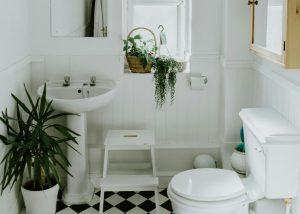
Space use in a bathroom is essential – especially if you don’t have much of it. Wrongly placed fixtures or oversized accessories can make the room look cluttered and even smaller than it already is. To avoid this mistake, create a plan that includes using corners for showers or sinks effectively and consider installing hanging cupboards that don’t consume floor space.
13. Not Considering Future Accessibility
You might not need it right now, but considering future accessibility in your bathroom design could save you from a series of expensive renovations down the line. Key aspects like wide doorways for wheelchair entry, grab bars near bathtubs or showers, and raised toilet designs can make your bathroom universally accessible. It’s about more than standing up to the rigors of today; it’s about lending yourself peace of mind for tomorrow.
14. No Designated Towel Bar Area
A bathroom with no designated towel bar area can be as inconvenient as it gets. Having a dedicated area to hang towels keeps them dry and ready for their next use—an essential part of maintaining hygiene. Even within compact footprints, wall-mounted towel bars or rods on vanity sides can help significantly. The bottom line is – don’t leave your towels hanging out to dry; give them a designated area.
15. Overdoing Bathroom Accessories
While accessorizing your bathroom may seem like a good idea in theory, overdoing it comes with its pitfalls. Too many items can make your bathroom seem cluttered and disrupt the visual flow. Always remember – simplicity is key. Choose a few pieces of decor that resonate with the room’s overall scheme and place them in a way that amplifies their impact rather than stifles it.
Conclusion
In conclusion, designing or remodeling a bathroom isn’t merely about aesthetics; there are practical and functional aspects you must bear in mind as well. By looking at things from all angles – design, space utilization, accessibility, and fittings – you will create a space that not only looks good but also serves well. Remember, successfully designing your bathroom comes down to planning, understanding the need for resistant materials, and striking balance in accessorizing.
- Clean & Green: Eco-Friendly Cleaning Tips for Your Plumbing Fixtures - October 8, 2024
- Classic to Contemporary: Choosing the Perfect Toilet Suite for your new Bathroom Design - September 19, 2024
- Chlorine Conundrum: The Benefits of a Water Filters in Your Sydney Bathroom - August 28, 2024
Related posts:
 Shower Hose Safety: Tips to Avoid Bathroom Floods and Costly Repairs
Shower Hose Safety: Tips to Avoid Bathroom Floods and Costly Repairs
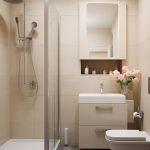 10 Clever Storage Hacks to Maximize Your Tiny Bathroom Space
10 Clever Storage Hacks to Maximize Your Tiny Bathroom Space
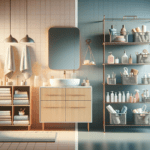 Storage Showdown: Finding the Best Organisational Solutions for a Modern Bathroom
Storage Showdown: Finding the Best Organisational Solutions for a Modern Bathroom
 Addressing Low Water Pressure in Your Laundry: Common Causes and Why You Might Need to Call a Plumber
Addressing Low Water Pressure in Your Laundry: Common Causes and Why You Might Need to Call a Plumber
 Mirror, Mirror: Clever Vanity Mirror Ideas for Your Bathroom Renovation
Mirror, Mirror: Clever Vanity Mirror Ideas for Your Bathroom Renovation
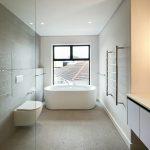 Unveiling the Top 10 Luxurious Bathroom Trends of 2024 for Gold Coast Bathrooms
Unveiling the Top 10 Luxurious Bathroom Trends of 2024 for Gold Coast Bathrooms

